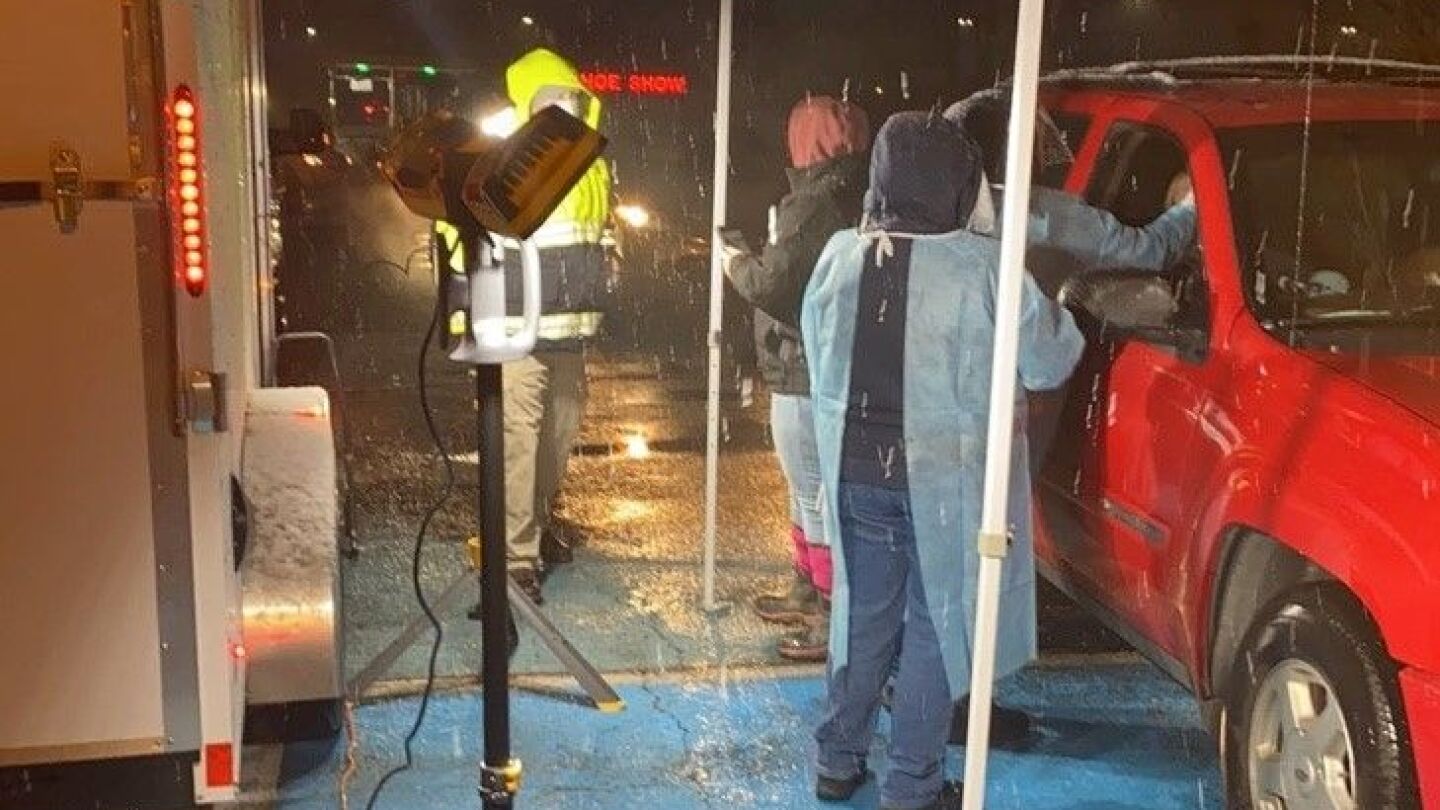Technology
The technology topic will keep you up to speed on new EMS technologies including improved emergency communications and high-tech EMS technologies.
Beware bad actors’ tricks and t(h)reats
In this episode, our co-hosts discuss an article from Andrea Abbas on five flaws that trip leaders up and cause a disconnect with field crews
How AI and deployable communications are changing the field
Consider incorporating these three ways to use a digital stethoscope in your EMS training exercises and testing
In this episode of Inside EMS, Chris Cebollero sits down with Pulsara’s Corey Ricketson to discuss the trajectory of EMS and what the future looks like
Learn strategies to provide for high-quality operations, while minimizing resource use through sound systems, process engineering and leveraging technology
The Akron Fire Department was selected to participate in the CMS ET3 model and has utilized the technology more than 1,000 times since January
The county came to a $6.9 million agreement with New Mexico Department of Information Technology (DoIT) to join the Statewide Digital Trunked Radio
In the prehospital setting, we haven’t traditionally been able to see inside of our patients to tell what’s going on, but we’ve always been able to hear, and that skillset remains invaluable for the EMS professional
This step-by-step guide will help you plan, prepare and apply for grant funding to support your EMS organization
What3words has made it possible to locate any place on earth in just three words, and PSAPs are taking notice
The James Dyson Award was given to a recent UK university graduate for his device to stop bleeding from knife wounds
Grant programs and relief funding to support telemedicine initiatives, technology and training offer continued financial assistance to eligible agencies
Researchers confirm that iPhone 12 and Apple Watch static magnetic fields, if held too close, are high enough to place implanted cardiac devices into magnet mode
Networked communications unite the care team on a single, secure communication channel, elevating the timeliness and quality of care
Bryan Bledsoe: “EMS must be fixed with bulldozers not tweezers”
A West Virginia county takes a whole-community approach to implementing broadband
Flexible and scalable care systems that support clinicians for a variety of out-of-hospital needs will help reduce errors and improve outcomes
The National Health Service England accelerates plans for all ambulance trusts to use body-worn cameras to better protect staff
How FEMA and AWS Competency Partner ArdentMC collaborated to determine life-saving investment priorities
“ER on demand” seeks to cut down on emergency department trips and offer convenient, affordable patient care
New Medical Rapid Access Transport (MRAT) all-terrain vehicle can reach patients in a crowd or wooded areas, Tidewater EMS says
Researchers aim to measure the value of virtual reality for providers as they work to identify signs of severe illness and infants and children
A new, gas-powered rig offers lower anticipated repair costs over diesel, the Northshire Rescue Squad reported
Genesee County is exploring alternatives to help with ambulance shortages to better serve community
The two Warwick firefighters underwent investigation following a patient’s death
Partnership between St. Charles Health and Crook County Fire & Rescue continues to meet local need
The new additions to the fleet include rescue boats, air units, bariatric medic units, engines and medical units
The RapidSOS web-based tool will enable responders to connect patients with the best resources
Technological advances such as RFID have transformed both the efficacy and efficiency of ambulance service
Preventing ransomware attacks is possible; our expert panelists offer several best practices your agency can follow to help reduce risk and mitigate potential issues
The Permian Strategic Partnership (PSP) and the Permian Road Safety Coalition (PRSC) held a kick-off event for its collaborative “First Responder Life-Saving Equipment Initiative”
Community paramedics are pioneering new ways to care for mental health patients – here’s how


































